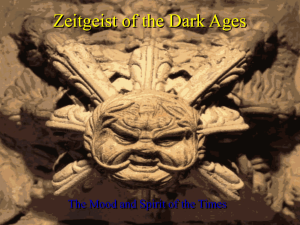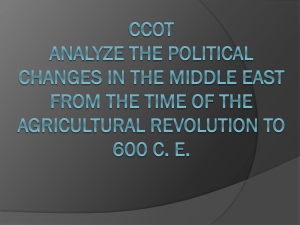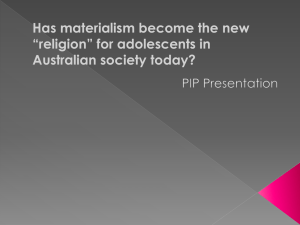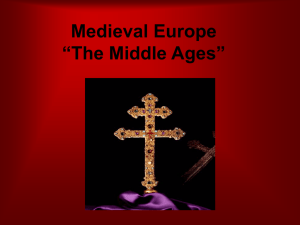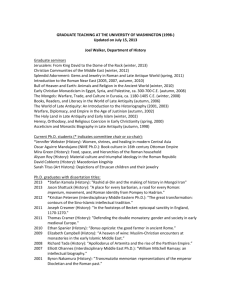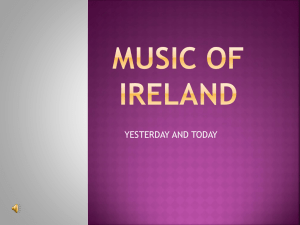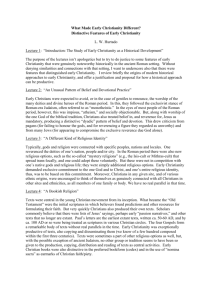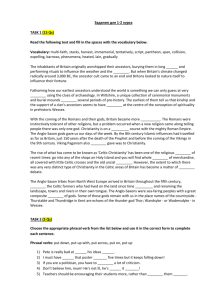The arrival of Christianity in Great Britain
advertisement
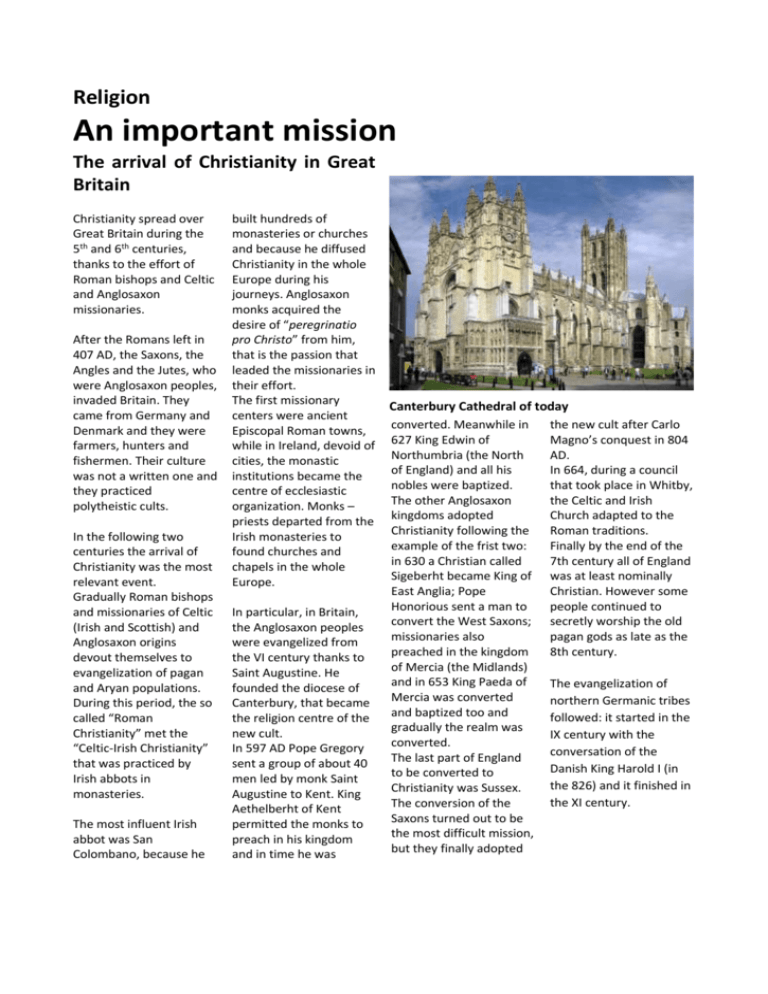
Religion An important mission The arrival of Christianity in Great Britain Christianity spread over Great Britain during the 5th and 6th centuries, thanks to the effort of Roman bishops and Celtic and Anglosaxon missionaries. After the Romans left in 407 AD, the Saxons, the Angles and the Jutes, who were Anglosaxon peoples, invaded Britain. They came from Germany and Denmark and they were farmers, hunters and fishermen. Their culture was not a written one and they practiced polytheistic cults. In the following two centuries the arrival of Christianity was the most relevant event. Gradually Roman bishops and missionaries of Celtic (Irish and Scottish) and Anglosaxon origins devout themselves to evangelization of pagan and Aryan populations. During this period, the so called “Roman Christianity” met the “Celtic-Irish Christianity” that was practiced by Irish abbots in monasteries. The most influent Irish abbot was San Colombano, because he built hundreds of monasteries or churches and because he diffused Christianity in the whole Europe during his journeys. Anglosaxon monks acquired the desire of “peregrinatio pro Christo” from him, that is the passion that leaded the missionaries in their effort. The first missionary centers were ancient Episcopal Roman towns, while in Ireland, devoid of cities, the monastic institutions became the centre of ecclesiastic organization. Monks – priests departed from the Irish monasteries to found churches and chapels in the whole Europe. In particular, in Britain, the Anglosaxon peoples were evangelized from the VI century thanks to Saint Augustine. He founded the diocese of Canterbury, that became the religion centre of the new cult. In 597 AD Pope Gregory sent a group of about 40 men led by monk Saint Augustine to Kent. King Aethelberht of Kent permitted the monks to preach in his kingdom and in time he was Canterbury Cathedral of today converted. Meanwhile in the new cult after Carlo 627 King Edwin of Magno’s conquest in 804 Northumbria (the North AD. of England) and all his In 664, during a council nobles were baptized. that took place in Whitby, The other Anglosaxon the Celtic and Irish kingdoms adopted Church adapted to the Christianity following the Roman traditions. example of the frist two: Finally by the end of the in 630 a Christian called 7th century all of England Sigeberht became King of was at least nominally East Anglia; Pope Christian. However some Honorious sent a man to people continued to convert the West Saxons; secretly worship the old missionaries also pagan gods as late as the preached in the kingdom 8th century. of Mercia (the Midlands) and in 653 King Paeda of The evangelization of Mercia was converted northern Germanic tribes and baptized too and followed: it started in the gradually the realm was IX century with the converted. conversation of the The last part of England Danish King Harold I (in to be converted to the 826) and it finished in Christianity was Sussex. the XI century. The conversion of the Saxons turned out to be the most difficult mission, but they finally adopted


